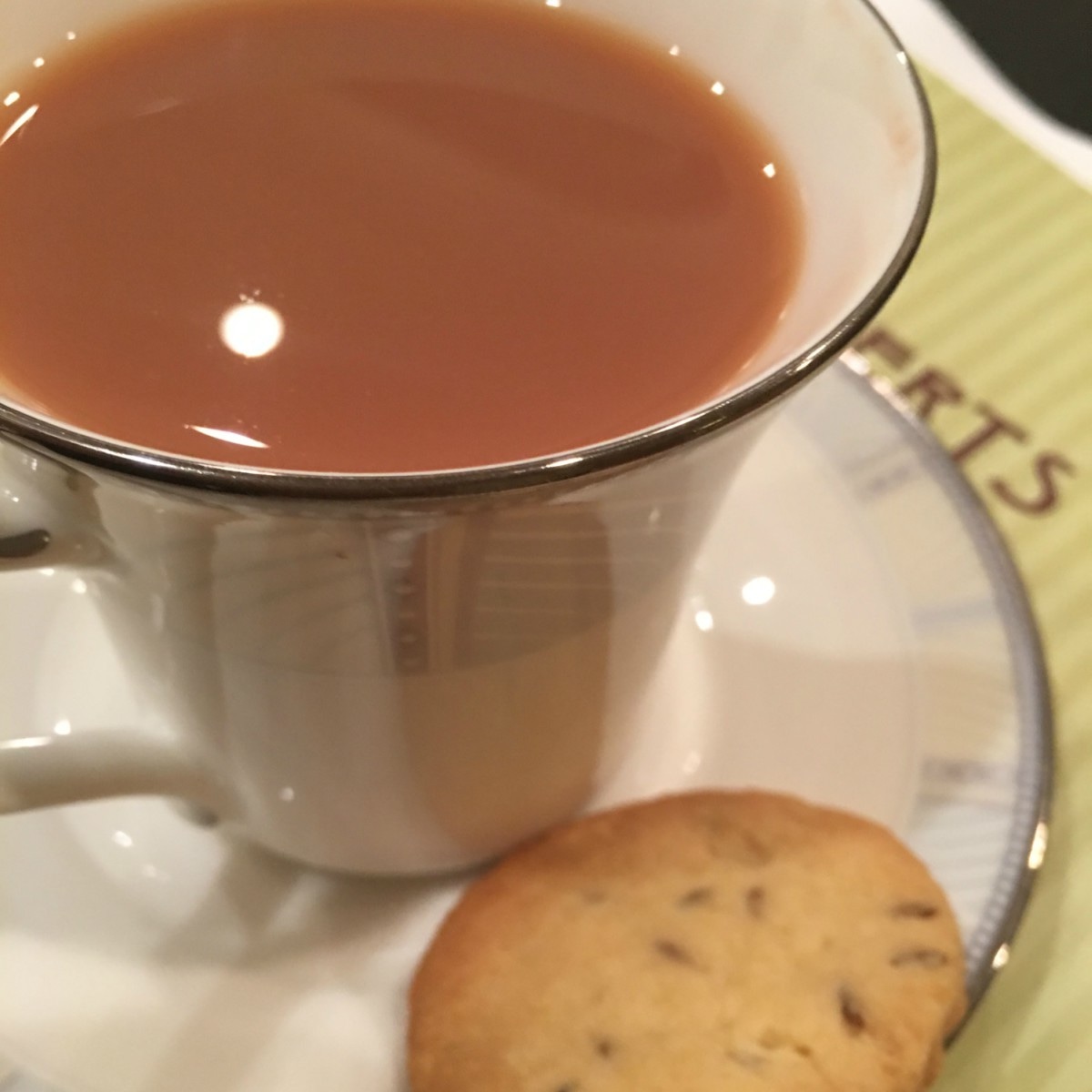Food Stories: Zeera Biscuits
My love affair with biscuits is elemental, hence my knowledge on the subject is expectedly vast and passion in consuming them sweetly pleasurable.
This is one vice I have not been able to detach from, and funnily enough I am reminded of my love affair with biscuits often enough. Recently my daughter caught me with my hand in the biscuit jar, where I had been lecturing her on eating fruits a few hours earlier, exasperated she said, "This is an odd household mom, where adults steal biscuits and little people are expected to eat fruit when wanting to indulge their sweet tooth."
Growing up in eighties of Karachi, a daily trip to the local bakery was a must. The everyday purchase of double roti, anday and cake rusk was an everyday fare, and some days where extra special when khasta zeera biscuits snuck into the bakery shopping.
The effervescence of zeera and the flaky bits of crumbling biscuits, sitting on the teacup saucer bring the best kind of homemade memories, where I almost wish to erase time and go back to being 14 again, waiting in the lounge in anticipation of the biscuit and chai time.
Zeera biscuit is a desi biscuit extraordinaire; subtly sweet and mildly savoury bites of melt in the mouth goodness, and as addictive as the greatest addiction out there, and needless to say one of my most magical addiction memories from the wonder years.

I can easily devour half a dozen in one sitting, and coupled with a hot cup of tea there is no better indulgence. It never disappoints.
Desi food, like all other cuisines, has a uniqueness in flavour indigenous to the essence, and zest of the people of the sub-continent.
When the British came to conquer they brought with them biscuits from their Island, and the vibrant people of the Indus adapted this buttery English teatime snack with local spices and flavours to give it a desi flare.
The word biscuit is derived from two Latin words bis cotus, which literally means twice cooked. In ancient times the flour dough was first dried in an oven and then cooked for the second time. When first introduced to this baked delight the British called it bisquite, while the Dutch called it koekje, meaning little cake, hence the American term for biscuits – cookies.
The journey of biscuits is as delightful as its taste. It was initially created to be a travellers’ food, nutritious, easy to store and carry. Soon its charm travelled to the castles of 14th century England.
Tudors, the English monarchs, were very fond of sweet and loved cakes, breads, and jelly, and therefore biscuits too.
Hence when they came to conquer the subcontinent in the garb of The East India Company, they brought with themselves biscuits to charm the people of the sub-continent. Rich and upper class Indians were introduced to this baked delight, in its current flaky buttery form. It was in the early eighteenth century that the city of Kolkatta learnt the art of baking biscuits.
Biscuit making encouraged experimentation with flavours, and with indigenous ingredients, badam, illachi, zafraan, saunf, adjwain and zeera, and voila, the zeera biscuit was born.
The popularity of the biscuit caught on and it started getting transported to the markets of Bombay and Karachi, and expectedly enough the zeera biscuit became a favourite to be consumed at tea times.
When it was time for me to make zeera biscuit, I obviously wanted to make them closest to the taste of Pakistani, and North Indian zeera biscuit, infused with the effervescence of zeera and memories of the teatime back home. Needless to say I was successful, and the outcome was absolutely delicious, as delicious as the discussion I had with my sister, Amna Naqvi, about the teatimes from back home in Karachi.
Here it is from my kitchen to yours.
Ingredients

2/3 tsp. cumin seeds, lightly roasted
100 grams softened butter
1 ¼ cup sifted flour, or a little more, if the dough is too soft to kneed
2 ¼ tbsp. castor sugar
½ egg, beaten
½ level baking powder
salt to taste
Method
Makes 12 to 14, you can double the ingredients if wanting to make a double batch
Preheat oven to 350 degrees. In a bowl whisk butter and sugar, adding beaten egg to the mix. Now add the remaining ingredients, mixing with hand, to form dough.

Cover and rest mixture in fridge for 40 minutes, once chilled, flatten the dough with a rolling pin on flour-dusted surface. Cut biscuits with cutter, rest cut biscuits in fridge for 20 minutes, bake in oven for 15 to 20 minutes.

Remove from oven, let cook completely on wire rack, enjoy with garam, garam chai.














Comments